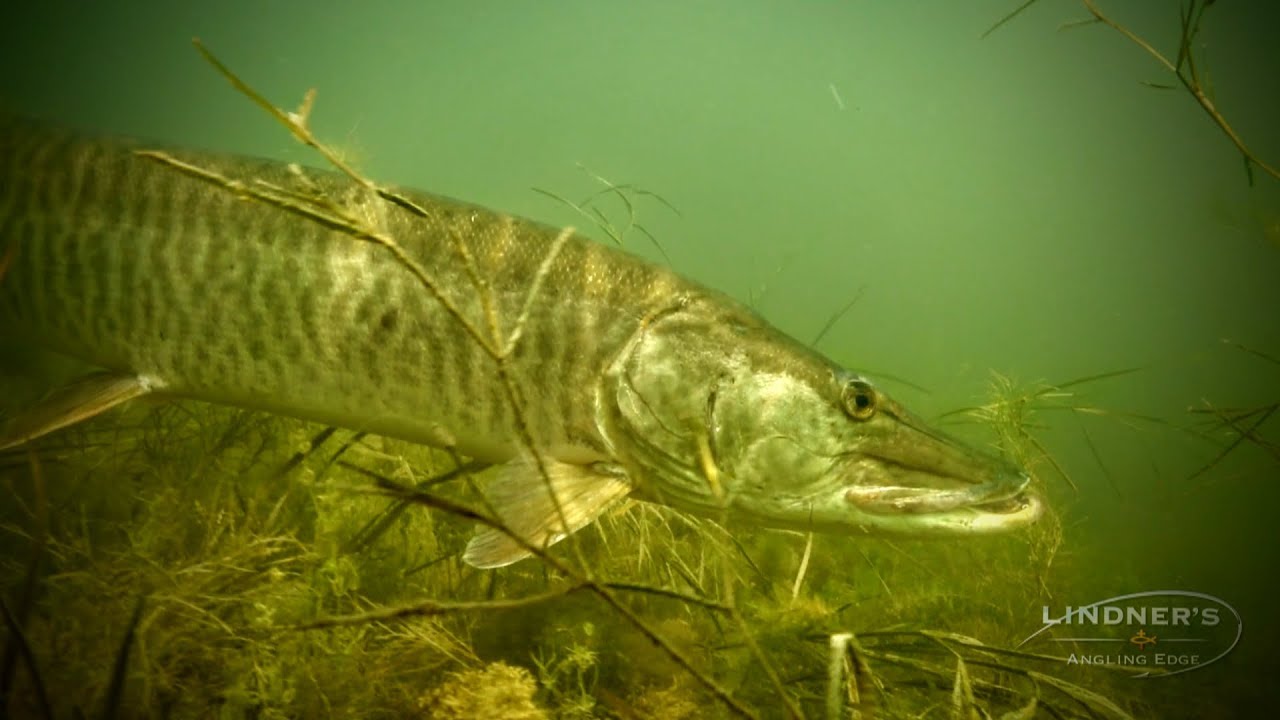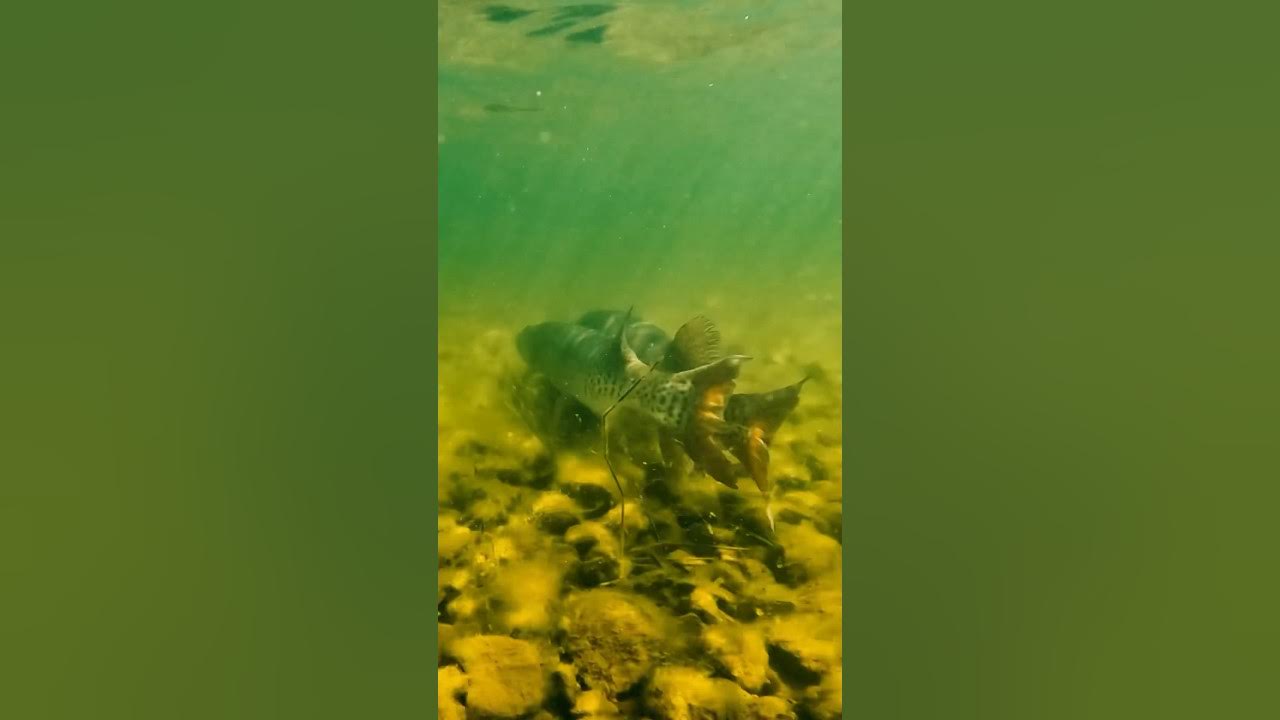Future Walleye?
Could it take 4 to 6 years for our walleye fishing to get better? Before I give my opinion, here are three things to consider.
1) The Northwoods have always been a top destination for anglers.
2) Fishing is a huge part of summer tourism and our local economy.
3) Walleyes are probably the most sought-after table fair.
And here are 2 things I believe we all can agree on.
1)Since the late 1980s/early 1990s, walleye numbers have declined.
2)The state took too long before giving the decline in walleyes attention.
Although no one can pinpoint the exact cause, some will say overharvest, tribble spearing and even climate change. Those three may have some truth, but I’m thinking there are a couple more for reasons for low walleye numbers. I believe it’s the lack of natural reproduction and mainly it’s the loss of habitat. I remember fishing in the Northwoods with my family in the mid to late 1960s and the shorelines on most of the lakes we fished were undeveloped. Then as years passed, the shoreline (HABITAT) started to dwindle due to the number of vacation/cottages being built.
All fish, including walleye need shallow cover for survival and when most of the shorelines are developed, it alters spawning areas and take away the habitat (TREES, ROCKS & VEGETATION) of other fish that walleye prey on. There are still lakes in the Northwoods where the walleye population is so abundant that stunting has occurred. Why? Because those lakes have good cover, large forage, low number of predators and a degree of undeveloped shorelines. There are three types of walleye lakes. Lakes where natural reproduction occurs (NO STOCKING NEDDED). Lakes with low reproduction (AUGMENTED BY STOCKING) and lakes with no natural reproduction (RELIES SOLELY ON STOCKING).
I agree that stocking walleye does help, but their survival depends on the size of fish that are stocked. This is my interpretation on stocked walleye survival rate the first year. FRY (1 inch) not many. SMALL FINGERLINGS (2 inches) low rate. LARGE FINGERLINGS or EXTENDED GROWTH (6/8 inches) best chance to make the first year. There is some good new though. In 2012 the state developed the WALLEYE INITIATIVE and began stocking tons of extended growth walleye across Wisconsin to supplement the decline. That first year, 142,121 large fingerlings were stocked, and every year stocking has grown with 2017 being the most at 882,000 and over 700,000 in 2022. I will agree that stocking does help (SOME) lakes, but if the DNR would work on adding habitat (ROCKS ALONG SHORELINES) on lakes with low spawning numbers, it would benefit our walleye population. I believe another reason for our walleye decline is natural predators and that will be next week’s fishing topic.




